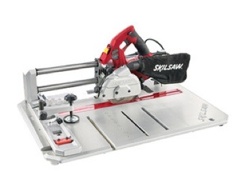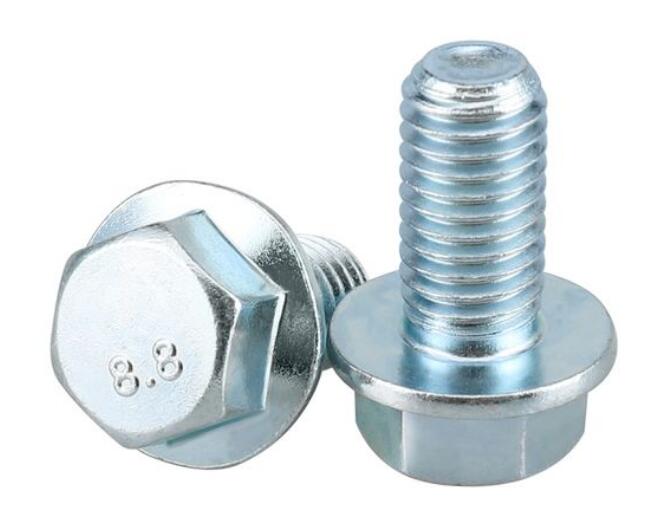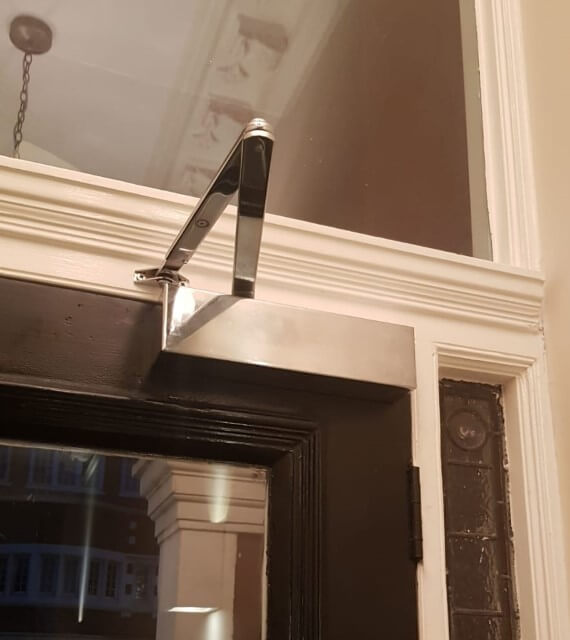The History of Spanners AKA Wrenches
The History of Spanners or wrenches goes a long way back to the 15th century. We’ve seen them in different shapes and forms throughout history. These hand tools are practical levers that assist us when we want to turn various types of nuts and bolts. A wide range of professionals such as mechanics, construction workers, plumbers, electricians, manufacturing workers, heavy equipment operators, agricultural workers, and DIY enthusiasts use these tools.
If you’re a history junkie like us and every now and then, while working with different tools, doze off and wonder “Who first thought of making this tool?” or “How did someone think of making this tool?” or “What did the first ones look like?”, this article is definitely for you!
(function(d,u,ac){var s=d.createElement(‘script’);s.type=’text/javascript’;s.src=’https://a.omappapi.com/app/js/api.min.js’;s.async=true;s.dataset.user=u;s.dataset.campaign=ac;d.getElementsByTagName(‘head’)[0].appendChild(s);})(document,168808,’e1fgfzxhmqc95n5kmlwi’);
Who Invented the Spanner?
Hopefully, you’re not here looking for a single person who invented this tool because you’re not going to find it! But they actually have a long history of gradual development and have evolved throughout the years. So, let’s see:
If you’ve been reading about the history of tools, you probably can guess which ancient civilization we’re about to name: the Romans and Egyptians. This is the starting point of invention and the gradual evolution of spanners.

Evolution of Wrenches
As far as we know, the first usages of spanners were clamping pipes, connecting different pieces of an armor suit, and winding up crossbow strings as they could tighten the strings tauter than any human being. It is interesting to know that there were no standard sizes for spanners and fasteners back then, and each blacksmith made the fasteners and spanners individually. This way of manufacturing fasteners and wrenches remained the same until the 18th century.

Win Big with Our Profitable Deals on wholesale hand tools
A Revolution During the Evolution
The 18th century was the start of something great in the history of wrenches, which we call “The Industrial Revolution” now. The Industrial Revolution completely changed the way wrenches were made and also the number of productions. During this time, these tools diversified in type, size, and usage and the man was witness to many great innovations in spanners.
Many of the new types of wrenches we use today were invented in the 18th century. With the modern technology of that time, the wrought iron wrenches that blacksmiths made were replaced by factory-made, cast-iron spanners models. Because they were made industrially, their prices were much lower than hand-made versions.
Standardized Sizes
1825 was the year of wrench innovations where standard sizes for fasteners and spanners were developed. This was a great event because it would enable people to use one spanner on different nuts and bolts. It also meant that if you lost your tool, you wouldn’t have to go and get a blacksmith to make you a customized one. Manufacturers could also sell fasteners and wrenches separately, and people didn’t have to purchase them as a set. Although the standardized wrench had been produced since 1825, Solymon Merrick patented the first wrench in 1835.

Related Article : the history of hand tools
However, the spanners produced during this time were not quite accurate. This is why in 1840, the engineer Sir Joseph Whitworth came up with a way to increase the accuracy of production and brought it to another level. The Whitworth standard was developed based on this new technology, and now every factory could reproduce spanners easily.
This standardized system of producing spanners was a turning point in the evolution of spanners. In the past, each machine had its own set of spanners. However, with the standardized spanners, any mechanic could work on any machine using his own set.

3 People, 3 Wrenches
In 1870, another patent was granted to Daniel C. Stillson. Stillson actually was the person who invented the pipe spanner. At the time, he was working at a heating and piping company and suggested that they manufacture a wrench that could screw pipes together. The company liked the idea, and after making several prototypes, he came up with the pipe wrench.
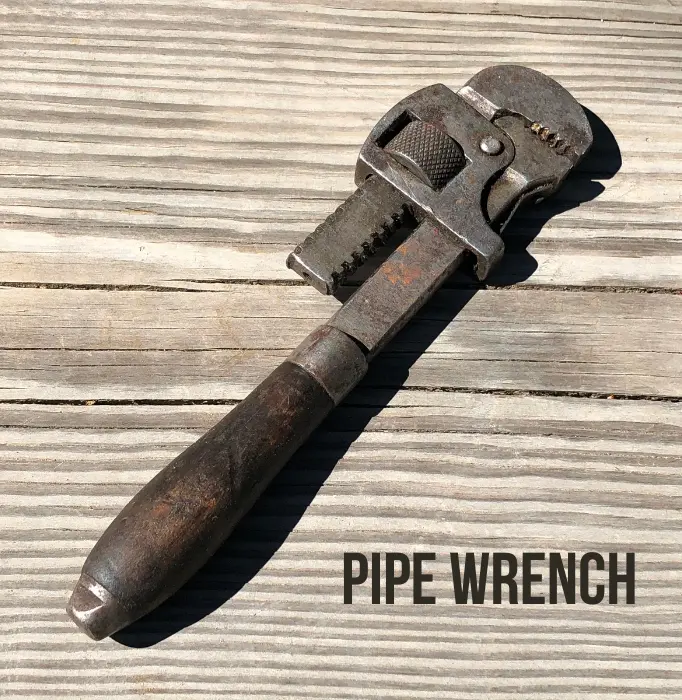
As the time went by and throughout the history of the spanner, many inventors introduced their own versions. You probably have heard of a ‘monkey spanner’. Funny you should know that the name actually has nothing to do with the animal. It actually derives from the name of its inventor: Charles Moncky. He invented the monkey spanner in the year 1958.
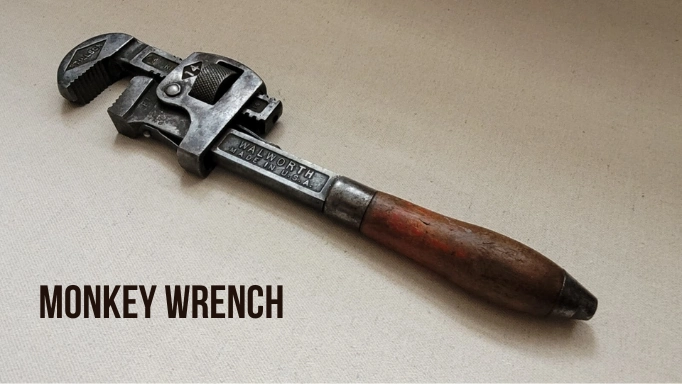
Later on, the history and origin of wrenches shows us that Robert Owen patented the ratchet wrench in the year 1913.

The Journey Lives On…
Nowadays, spanners and wrenches come in a wide range of shapes and sizes, and their quality is not even comparable to their older versions. Additionally, some of them are powered by pneumatic forces and electricity to provide the maximum comfort level for operators when working. From the 15th century to the 21st, they have come a long and amazing journey. But there is always room for improvement, and with modern technology, who knows what happens 10 years from now?
FAQs of Renches History
Why do Brits call it a spanner?
The Brits call it a spanner because it refers to the original function of the tool which is spanning or turning nuts and bolts. It also means applying force or leverage for tightening or loosening fasteners.
Is spanner American or British?
‘Spanner’ is more frequently used by the British whereas the Americans more commonly use the word ‘wrench’.

Sara
4 November 2020
